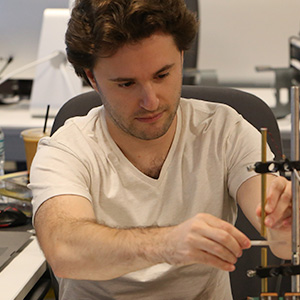Selma Piranej is an MIT-Northpond Distinguished Postdoctoral Fellow in biological engineering whose research aims to develop nanoscale DNA-based biosensing applications for the diagnosis and treatment of diseases, with a particular emphasis on robust, affordable nanotechnologies for limited-resource environments. As a doctoral student, Selma developed a novel platform for viral sensing that integrates a rolling DNA motor; this non-equilibrium process is a stark departure from current approaches and could have potentially transformative impacts on chemical sensing. In response to the Covid-19 pandemic, she pivoted her focus to developing inexpensive, rapid, and at-home SARS-CoV-2 diagnostics that apply her innovations. As a postdoctoral fellow, Selma will pursue her long-term goal to develop a new framework for chemical sensing that takes advantage of far-from-equilibrium systems and replicates a hallmark of living systems: the ability to autonomously detect chemical inputs, process this information, and respond by triggering locomotion. Selma’s research represents an exciting step toward the creation of next-generation molecular robotics and chemical sensors with the potential to revolutionize the diagnosis and treatment of human disease.



